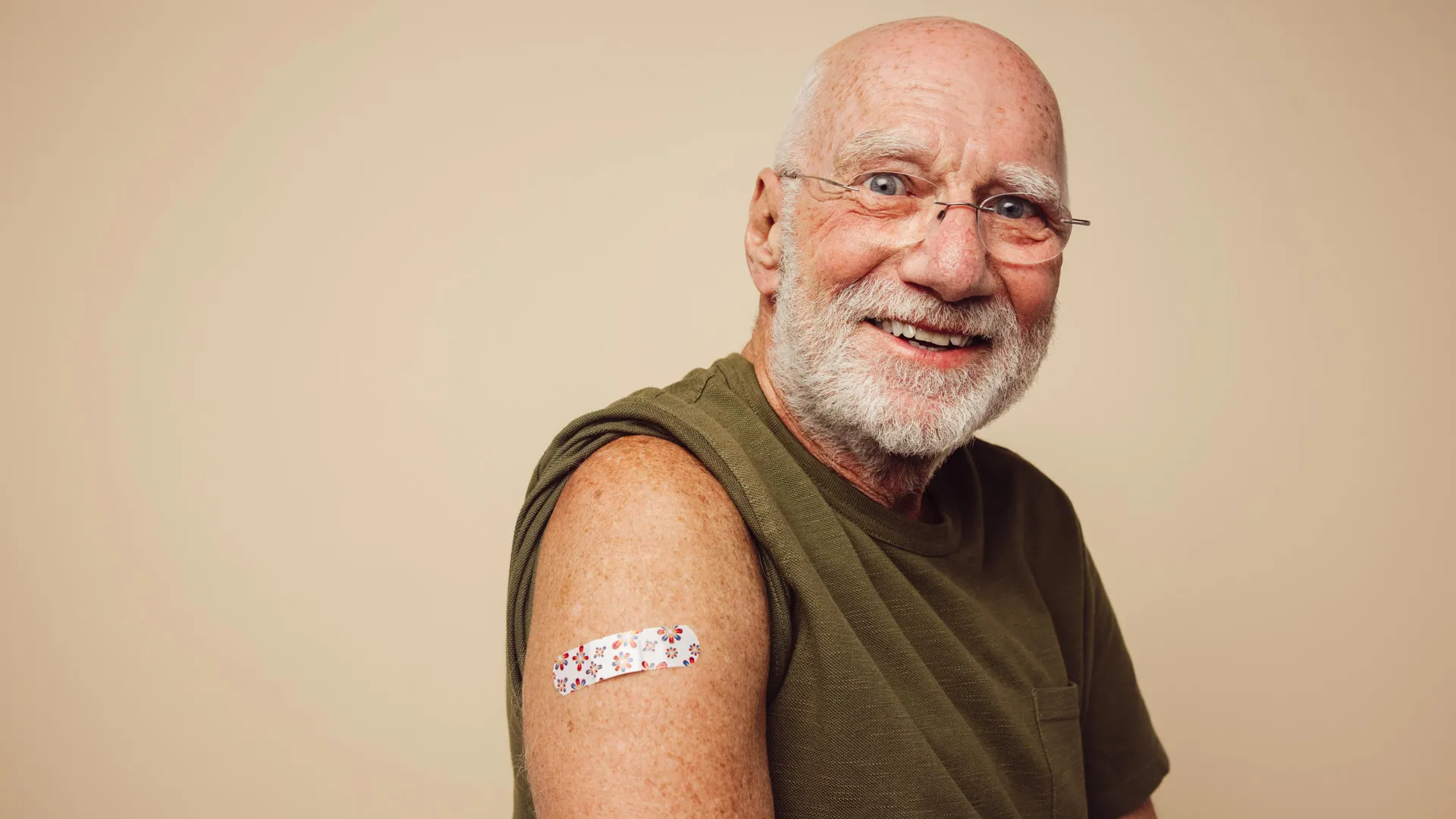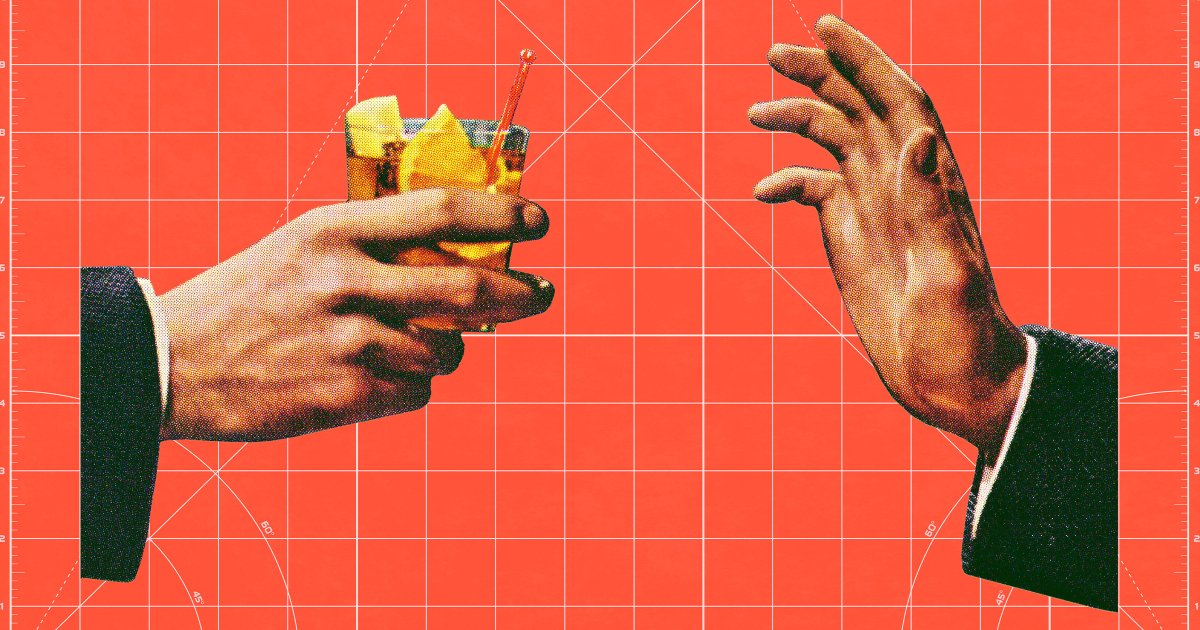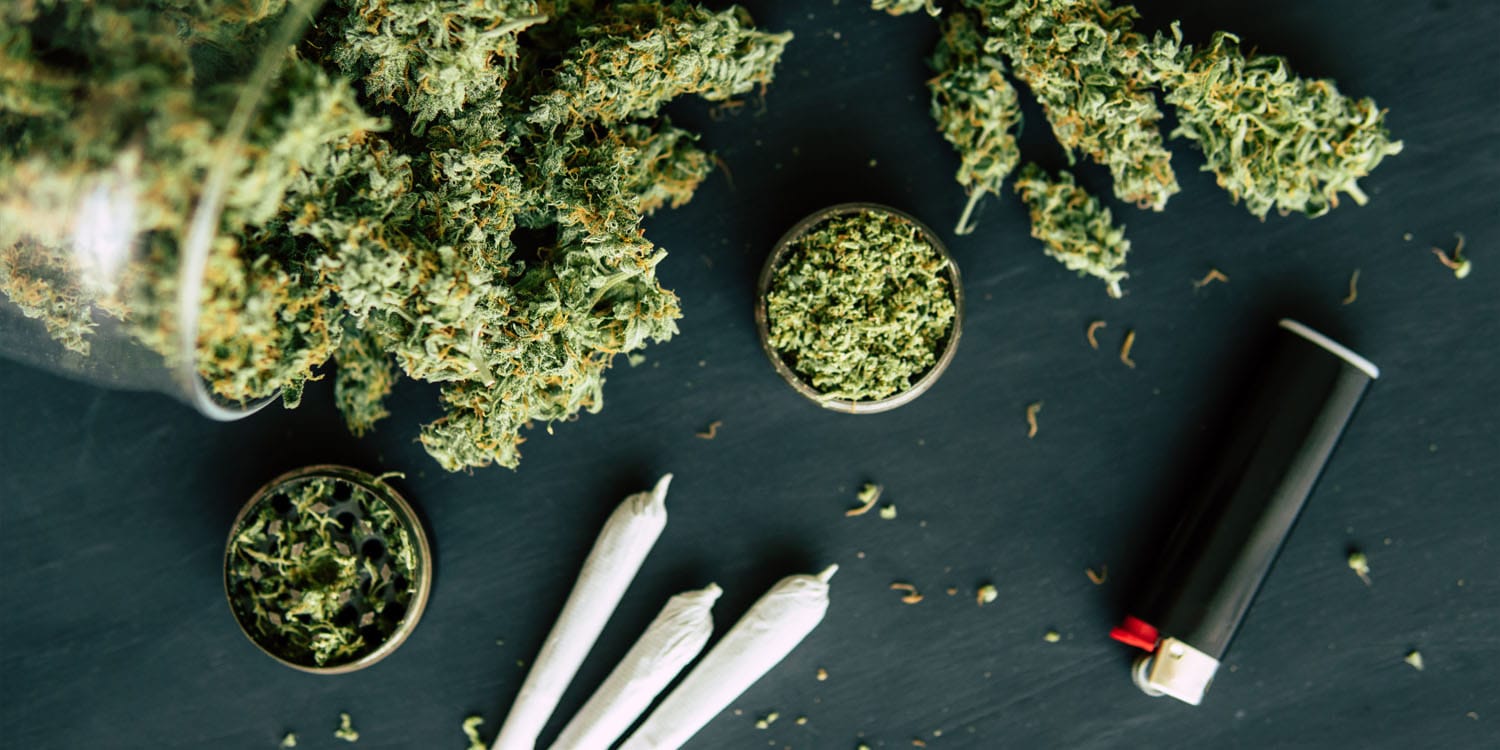New research published in Psychological Medicine suggests that recreational cannabis use during adolescence and young adulthood is associated with more frequent psychotic-like experiences. These experiences may resemble symptoms of psychosis but do not typically meet clinical thresholds. However, the study also finds that this association is not explained by structural changes in a key brain network involved in salience processing. The findings point toward unique environmental influences on both cannabis use and the emergence of these unusual thoughts or perceptions.
Cannabis has become increasingly common among young people, particularly in regions where its use has been decriminalized or legalized. As the substance becomes more accessible, concerns have grown about its effects on the developing brain. Adolescence and early adulthood are sensitive periods for brain maturation, and research has suggested that cannabis exposure during this time may increase the risk of later psychotic symptoms.
One way to examine this link is to focus on psychotic-like experiences. These can include mild hallucinations or delusional thoughts that do not reach clinical levels but may reflect early vulnerability to mental illness. Several earlier studies have shown that people who use cannabis are more likely to report these types of experiences. However, what remains less understood is the biological pathway connecting cannabis use to these psychological effects.
One potential explanation involves the brain’s salience network. This network includes areas like the anterior insula and anterior cingulate cortex and is responsible for deciding which stimuli are worth attention. Disruptions in this network have been linked to psychosis, and cannabis has been shown to influence how it functions. The researchers set out to explore whether cannabis-related changes in the salience network could explain why young users tend to report more psychotic-like experiences.
“Adolescence and early adulthood are crucial periods for both brain development and the onset of mental health problems. Cannabis consumption is prevalent among individuals in these age groups; however, its association with brain function and psychotic-like experiences is still controversial,” said study author Timothea Toulopoulou, a professor affiliated with Bilkent University, National and Kapodistrian University of Athens, and the Icahn School of Medicine at Mount Sinai.
“To address this gap, we investigated the associations between cannabis consumption and the salience network, as well as its relationship with early psychosis risk factors in a substantial cohort of twins. The twin design enabled enhanced control over the co-influences of genetic and environmental factors.”
The study included 232 healthy adolescent twins from Turkey, aged 14 to 24. After excluding participants with missing data or daily cannabis use, the final sample consisted of 217 individuals. Of these, 62 had used cannabis recreationally but not daily, while 155 had never used it. Researchers focused on occasional use to capture early effects before long-term patterns or other substance use could complicate the picture.
Participants filled out self-report questionnaires that measured their history of cannabis use and their experiences of unusual thoughts or perceptions. These included items such as feeling as though others could read their thoughts or hearing voices when no one was there. The total number of these experiences was recorded, along with a sub-score for positive symptoms, which tend to resemble hallucinations or delusions.
Participants also underwent brain scans using a technique called diffusion MRI. This method allows researchers to look at how well different parts of the brain are connected. They specifically measured features related to the salience network, such as how efficiently its regions communicated and how strongly they were clustered.
To simplify their analysis, the researchers grouped multiple brain connectivity features into six broader categories using a statistical technique called factor analysis. These six categories, or “factors,” captured different patterns of brain structure in the salience network.
The results suggested that cannabis use was linked to more frequent psychotic-like experiences. This association remained even after controlling for age, sex, and intelligence. Among those who had used cannabis, both the total number of psychotic-like experiences and the number of positive experiences (such as delusional thoughts or hallucinations) were higher compared to non-users.
One of the six brain connectivity factors—the one related to the anterior cingulate cortex and insula—was also associated with psychotic-like experiences. These brain areas are known to be involved in assigning importance to internal and external stimuli, which is thought to play a role in psychotic symptoms.
“One notable finding was that changes in salience network connections were consistently associated with psychotic-like episodes across several brain areas,” Toulopoulou told PsyPost. “This suggests that the salience network, rather than separate brain areas, plays a fundamental role in vulnerability. The effects we found were modest but meaningful. Even small alterations in brain connectivity during adolescence can be important over time, especially when combined with other genetic or environmental risk factors.”
However, when the researchers tested whether this brain factor explained the link between cannabis use and psychotic-like experiences, they found no evidence for a mediation effect. In other words, while cannabis use and this brain connectivity pattern were each separately associated with psychotic-like experiences, the connectivity pattern did not appear to be the pathway through which cannabis use exerted its influence.
The twin analysis provided additional insight. It showed that individual environmental factors, rather than genetics or shared family environment, were the main influences on both cannabis use and psychotic-like experiences. This means that even though these traits were associated, they likely developed independently within each person, shaped by their unique experiences.
The researchers also looked for signs that cannabis use, brain connectivity, and psychotic-like experiences shared any genetic or environmental roots. They did not find strong evidence that these factors were connected in that way. This finding suggests that occasional cannabis use and increased psychotic-like experiences may not stem from the same underlying causes.
Although the study offers useful insights, it is not without limitations. The sample size, while notable for a twin neuroimaging study, remains modest, which may reduce the power to detect more subtle effects. The reliance on self-reported cannabis use introduces the possibility of underreporting or memory errors. In addition, cannabis use was treated as a simple yes-or-no variable. This approach does not account for how often participants used cannabis, how much they used, or at what age they began.
Only occasional users were included in the sample, which limits the ability to generalize the findings to those who use cannabis more heavily or have developed problematic patterns of use. It is also possible that the salience network is not the only brain system involved. Future studies may benefit from examining other networks that could be affected by cannabis, such as those involved in memory or emotional regulation.
Another important limitation is the observational nature of the study. Even with the use of twin modeling, it is not possible to determine whether cannabis causes psychotic-like experiences or whether people prone to such experiences are more likely to try cannabis. Longitudinal studies that follow individuals over time are needed to clarify the direction of these effects.
“We plan to examine how genetic risk and early-life stress interact with cannabis use and brain network development over time,” Toulopoulou said. “This study was part of a broader collaborative effort using a twin cohort, which allowed us to ask nuanced questions about brain and behavior relationships in real-world contexts. We hope it contributes to more balanced, evidence-based discussions about adolescent cannabis use and mental health.”
The study, “The relationship between recreational cannabis use, psychotic-like experiences, and the salience network in adolescent and young adult twins,” was authored by Hande Atmaca-Turan, Didenur Şahin-Çevik, Serenay Çakar, Fulya Gökalp-Yavuz, Martijn van den Heuvel, Fruhling Rijsdijk, Francesca Filbey, and Timothea Toulopoulou.
First Appeared on
Source link












